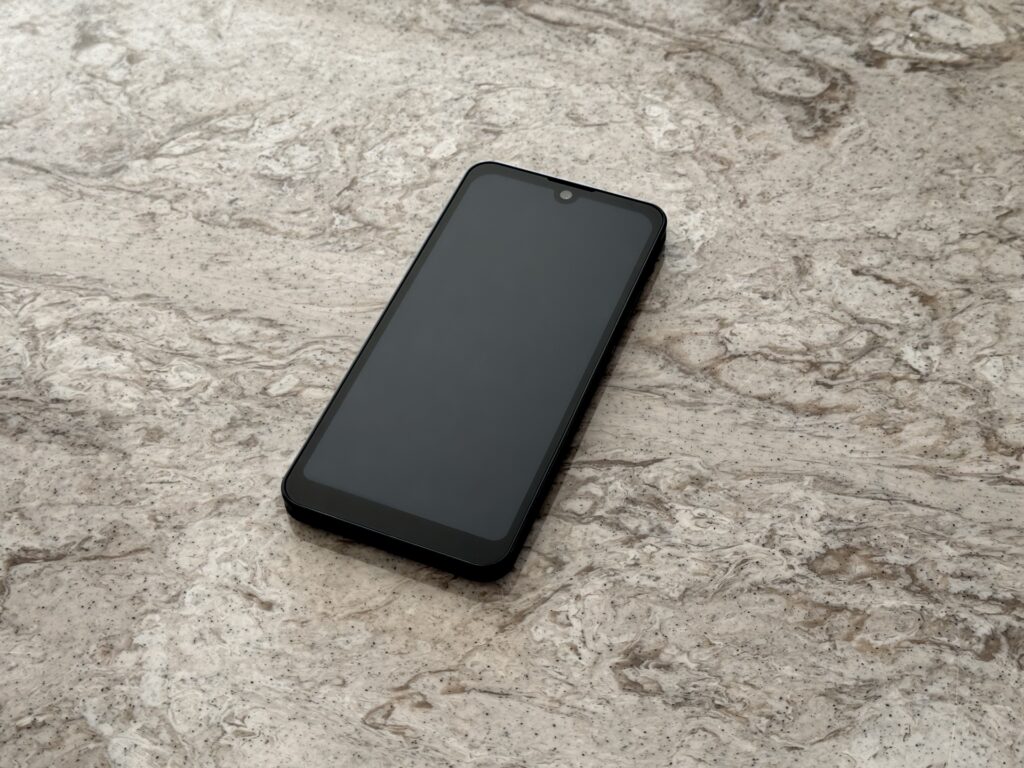Apple has officially designated several of its iconic products, including the iPhone 6 and iPod Nano, as obsolete, marking the end of their support. These devices, now added to the company’s vintage and obsolete lists, can no longer be repaired or serviced by Apple. Users relying on these aging gadgets must consider upgrading soon to avoid security and functionality risks.
Apple Adds Popular Devices to Vintage and Obsolete Lists

In October 2024, Apple updated its vintage and obsolete lists, officially ending support for several of its most well-known products, including the iPhone 6 and iPod Nano. These devices, once central to Apple’s lineup, are now considered obsolete, meaning they are no longer eligible for hardware service or repairs from Apple. The addition of these models to the lists signifies a pivotal moment, as the company moves forward with newer technologies and retires older, less capable devices.
Apple’s classification system defines “vintage” products as those that have been discontinued for over five years but less than seven. “Obsolete” products, on the other hand, have been off the market for more than seven years and are no longer eligible for service at Apple-authorized centers. With the addition of the iPhone 6 and iPod Nano to these categories, a significant number of Apple users may now need to consider upgrading to newer devices to maintain access to important features, such as security updates.
This shift also highlights Apple’s strategy of pushing its user base toward more recent, technologically advanced products. As software and hardware continue to evolve rapidly, older devices may not keep pace with modern security threats or performance requirements. Apple’s decision to discontinue support for these products underscores the importance of regularly updating devices to ensure optimal performance and security.
iPhone 6 and iPod Nano: Officially Unsupported for Repairs
Among the most notable additions to Apple’s vintage and obsolete lists are the iPhone 6 and iPod Nano. The iPhone 6, released in 2014, was a game-changer at the time, featuring a larger screen and improved functionality over its predecessors. However, as of October 2024, it has officially reached the end of its support lifecycle. This means that users still holding onto these devices will no longer be able to receive repair services or software updates from Apple, leaving them vulnerable to security risks.
Similarly, the iPod Nano, once a flagship product in Apple’s lineup of portable music players, has now joined the ranks of obsolete devices. With the advent of smartphones capable of storing and streaming music, the demand for dedicated music players like the iPod Nano has significantly diminished. As a result, Apple has phased out the iPod Nano, marking the end of an era for its once-revolutionary portable music devices.
The lack of official repair options leaves users with few alternatives. Third-party repair shops may offer some services, but these are typically more expensive and may not guarantee the same level of quality as Apple-authorized centers. For many, the only practical solution will be to upgrade to a newer device that can keep up with modern software and security needs.
Security and Functionality Risks for Affected Devices
One of the most critical concerns for users of the iPhone 6, iPod Nano, and other newly obsolete devices is the lack of security updates. Apple regularly releases security patches and updates to protect users from potential vulnerabilities, but once a device is added to the obsolete list, it no longer receives these updates. This leaves the device exposed to cyberattacks, malware, and other security risks that could compromise personal data.
Beyond security, functionality is another issue. Obsolete devices may struggle to run modern apps, and their hardware is often incompatible with the latest operating systems. For example, the iPhone 6 cannot support newer versions of iOS, which means users are stuck on an outdated system that lacks the features and improvements of the latest versions. This not only affects the user experience but also limits the device’s ability to handle modern tasks, such as using updated apps or connecting with other smart devices.
As Apple continues to innovate and release new products, the gap between old and new devices widens. The inability of these obsolete devices to keep up with modern demands makes them less practical and, in some cases, even dangerous to use. Users of these outdated models should seriously consider upgrading to avoid potential security threats and performance issues.
Is Upgrading to New Apple Devices the Best Move?
For many users, upgrading to a new Apple device is not just a matter of convenience but a necessity. With the iPhone 6 and iPod Nano no longer supported, the risk of using outdated technology increases significantly. Modern Apple devices, such as the iPhone 15 or iPad Pro, come equipped with advanced security features, regular updates, and enhanced performance, making them far superior to their outdated counterparts.
While the cost of upgrading may seem daunting, the long-term benefits far outweigh the initial expense. Newer devices offer better battery life, faster processing power, and improved camera quality, making them more suited to today’s digital environment. Additionally, Apple frequently releases updates that not only fix bugs but also introduce new features, ensuring that users have access to the latest innovations in the tech world.
For those who rely on their devices for work or personal data storage, upgrading is the safest option. Keeping an obsolete device increases the risk of data breaches and performance failures, which can have serious consequences. By moving to a newer model, users can enjoy a smoother, safer experience while taking advantage of the latest technology Apple has to offer.
